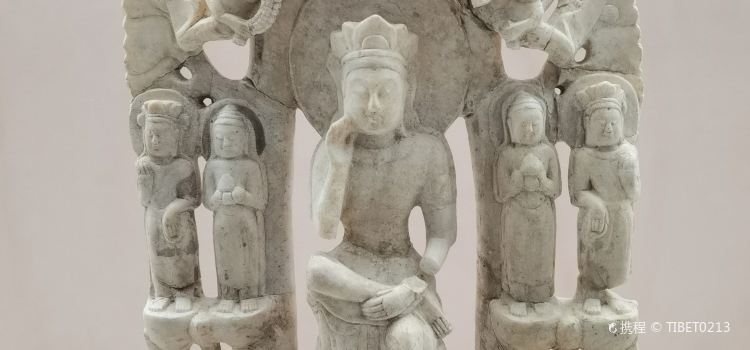志明饭店
5/52 Reviews

What travelers say:

The taste is good, the price is reasonable and the quantity is large. I recommend you to come here.
More
Reviews of 志明饭店
Some reviews may have been translated by Google Translate
5/5Outstanding
All (2)
Latest
Photo reviews (1)
Positive reviews (1)
The taste is good, the price is reasonable and the quantity is large. I recommend you to come here.
The Yecheng Archaeological Museum is located in Linzhang County, a small county under Handan City, a one-hour drive away. The Zhang River flows through the county seat, hence the name Linzhang. Yecheng, a renowned historical city, served as the capital of the Later Zhao, Ran Wei, Former Yan, Eastern Wei, and Northern Qi dynasties, and its urban planning profoundly influenced the development of ancient Chinese capitals. Both the Eastern Wei and Northern Qi dynasties were devoted Buddhists, with numerous temples and monasteries. Yecheng was also a Buddhist center in northern China. After Emperor Wu of the Northern Zhou Dynasty suppressed Buddhism, numerous Buddhist and Bodhisattva statues were crushed and buried. The Yecheng Archaeological Museum was established on the site of the Beiwuzhuang Buddhist statue burial pit, located in the eastern suburbs of the Yecheng ruins. The Yecheng Archaeological Museum exhibits primarily Buddhist statues and other archaeological artifacts unearthed from the Beiwuzhuang Buddhist statue burial pit in 2012. The Buddhist and Bodhisattva statues are exceptionally exquisite and of nationally renowned quality. Among the exhibits are rare double Bodhisattva statues, openwork standing Buddha and Bodhisattva statues, and contemplative Bodhisattva statues.